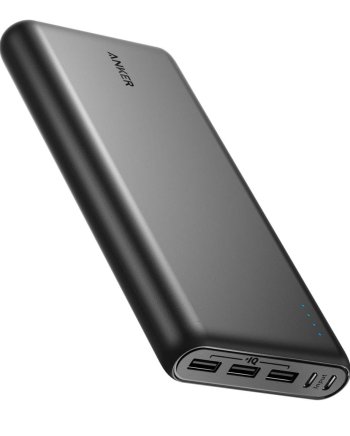Same
Bums me out honestly
I thought all of this tech would be further along by this point
One of the main problems with current
genuine AR (i.e. products such as the HoloLens) is that CG imagery has a translucent, ghostly appearance in the scene. This is particularly an issue when the environment is bright. To make the CG opaque, you'd need to block out the pixels behind it by e.g. using a transparent monochrome LCD on the outside of the glasses.
Unfortunately, this still doesn't solve issues with eye focus. AR visors use light bouncing techniques to allow the eye's focal distance to be further away than the visor (e.g. at a metre, rather than a few centimetres). The CG and scene objects need to have a comparable focal distance; also, your eye obviously can't focus on a screen a few cm away.
I assume this means all the CG is 'projected' with the same / fixed virtual distance in the scene. I doubt virtual objects at e.g. 1, 3 and 5m away in the scene can be projected such that your eye can (re)focus on them at different distances. The issue is then that
optically, AR is likely to always be presented as 2D cut-outs, ~1m from the viewer, regardless of their virtual placement in the scene. This seems unavoidable, unless some type of 3D projection technology becomes possible.
All of these stereoscopic technologies simulate certain aspects of 3D vision, but there are others that just can't be (at least with 2D displays). It's a complex set of problems. Some of it can be done very successfully, but other parts are currently impossible. This may be why the technology keeps periodically returning for another go, but never quite catches on.




